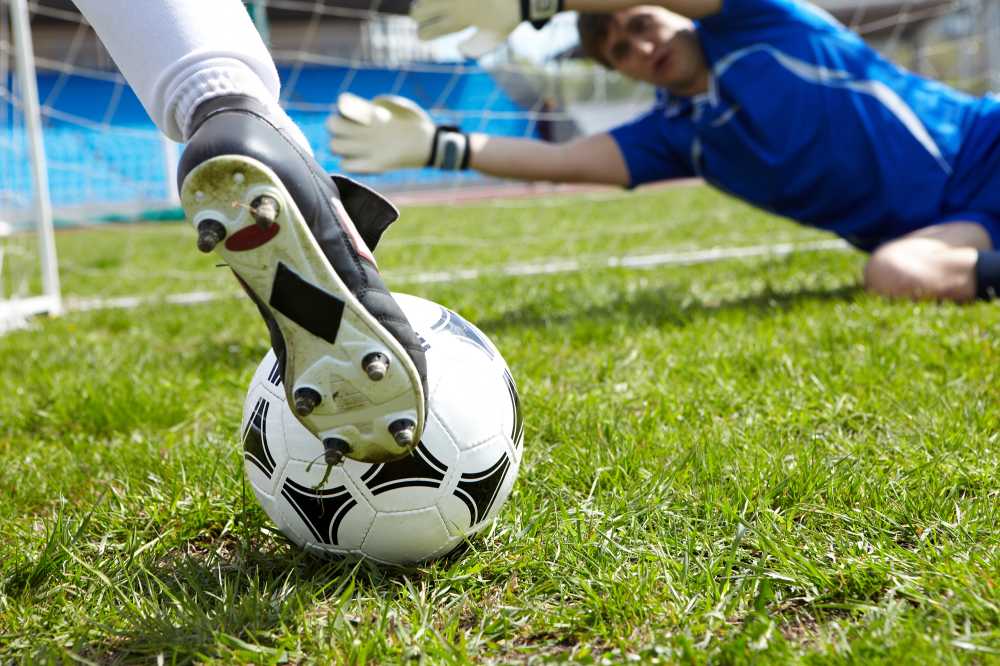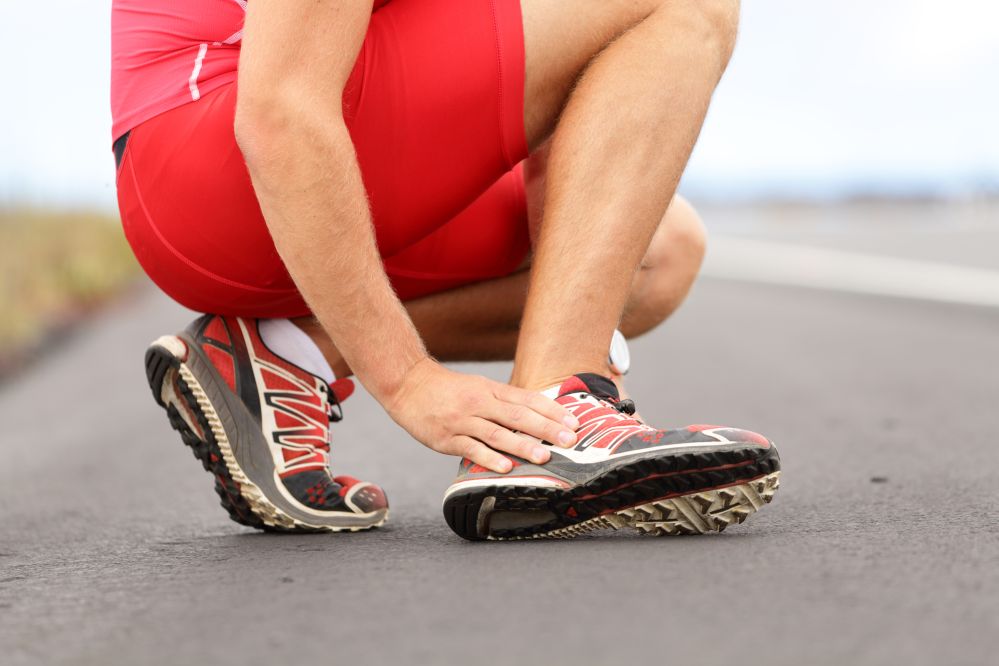Soccer is one of the most competitive sports in the world that requires good aerobic fitness to take on the physical demands of the game for 90+ minutes. Therefore, warming up before a game is one of the most essential aspects to prevent the likelihood of injuries including muscle strains, cramps, etc.
There are many athletes that sustain injuries during a soccer game due to poor warm up routine and ineffectively preparing joints and muscles that are not warm yet. Warming up effectively before a game is important because warm muscles absorb shock better and are more elastic, thus generating more power and helping to reduce injury rate.
Below is an effective warm up guide to assist in preventing the likelihood of injuries occurring during soccer.
Jogging
- Begin with a light jog to assist in getting the blood circulating to the working muscles
High Knees/Butt Kicks
- As you are running, lift your knees up high. This will stimulate your hip flexor muscles which are important for warming up for a soccer game
- Next, run and touch your glutes with your heels. Doing this assists with alertness and improves reactiveness before a game
Front to back/Side to side Leg Swing
- Use a partner or a pole to hold on to and swing your leg front to back and side to side.
- This will help warm up your hamstring and groin muscles before a game so then your muscles are prepared to pass, shoot and clear the ball with no problems
Open/Close the gate
- Lift your knee up and rotate it outward then repeat. Perform this while jogging.
- This will assist with hip rotation and groin flexibility during a soccer game to enable quick changes of direction and twisting motions with no problems
Ankle Twists
Rotate your ankle in circles for 2 minutes each side to mobilise the joints and prevent the likelihood of obtaining an ankle sprain.
Hip 90-90
- While in upright sitting rotate your hips side to side.
- This will assist in mobilising the hips and prepare for quick changes in direction and any twisting motions during a game.
Small Sprints
Perform quick and sharp sprints to prepare your body and the working muscles for the intensity changes during the game.
Ladder Exercises
Ladder drills are good for sharpening your step and enhancing your reaction time to move from jogging to sprinting or increasing your agility during a game.
Dynamic stretching vs Static stretching
- The difference between dynamic stretching and static stretching is that static stretches are stretching muscles while you stand, sit or lie still and hold a single position for a period of time. Dynamic stretches are controlled movements that prepare your muscles, ligaments and other soft tissues for performance and safety.
- It is highly recommended to perform dynamic stretches prior to a soccer game rather than static stretches because dynamic stretches will improve blood flow warm up muscles. Thus, it is better to perform static stretches after a soccer game
- Examples of dynamic stretches are torso twists, walking lunges, leg swings (refer to above), heel raises, arm circles shoulder rolls, etc.
We are happy to be proactive so if you play soccer and want to ensure you can perform at your best, consult with us today





